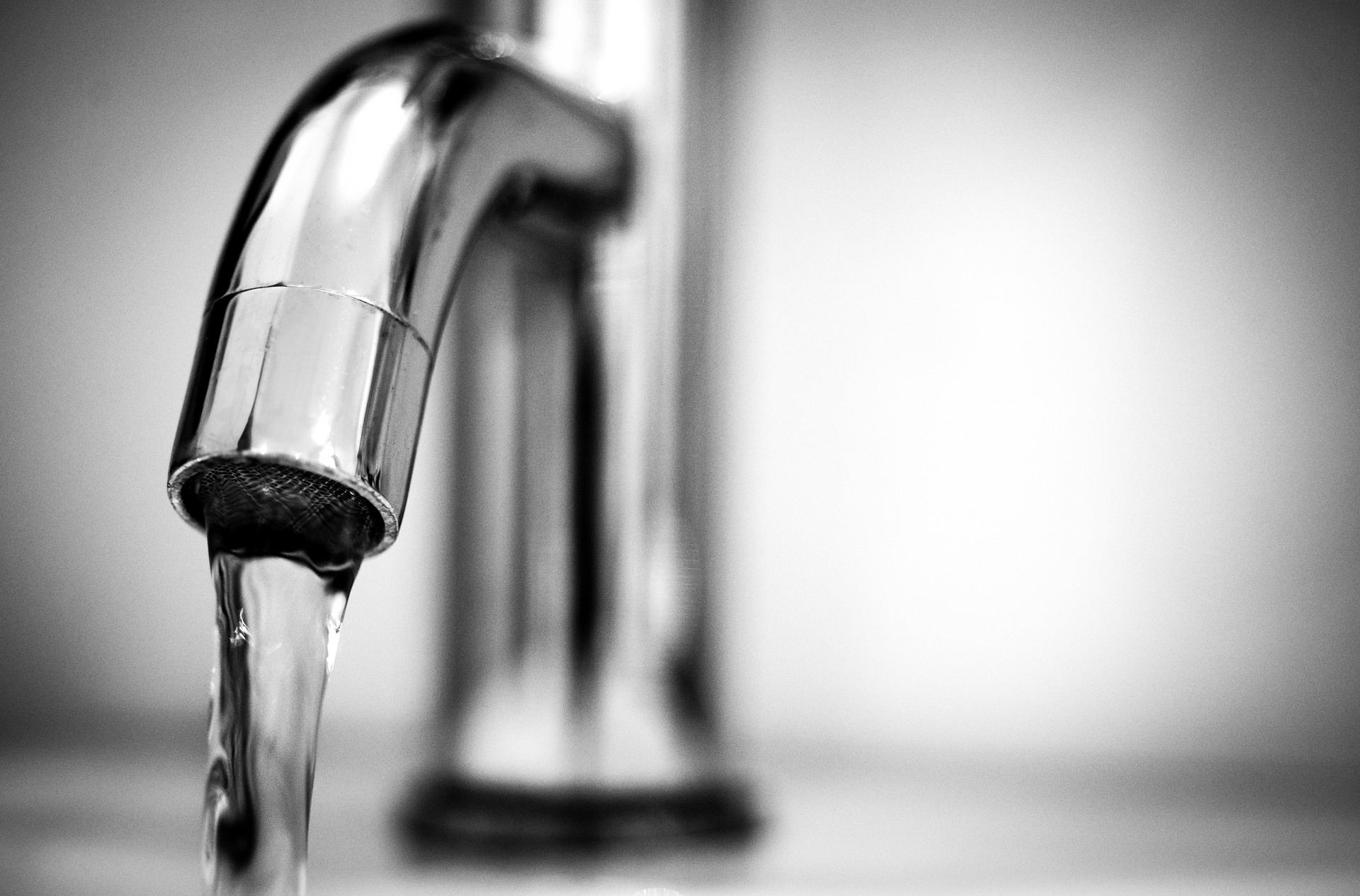
18th
Australian Drinking Water Guidelines (2011) - Updated August 2018
The Australian Drinking Water Guidelines (ADWG) were created as the definitive reference to both the water supply industry and general public as to what defines safe, good quality water and how that standard can be achieved.
The guidelines specifically address the health aspects of supplying good quality drinking water as well as the aesthetic/appearance of the water.
Originally created in 1972 by the National Health and Medical Research Council (NHMRC), with the most recent edition created in 2011, the guidelines were developed based on evidence from the science community and provide a framework for good management of drinking water supplies to ensure safety at point of use.
The guidelines are subject to regular revision to ensure they represent the most up to date scientific data available. This latest update comes after a review conducted by Food Standards Australia New Zealand (FSANZ) to determine Australian Tolerable Daily Intakes (TDIs) for perfluorooctane sulfonate (PFOS), perfluorooctanoic acid (PFOA) and perfluorohexane sulfonate (PFHxS).
The result was the development of a Health Based Guideline Values and a Fact Sheet on PFAS.
You can download the updated version of the Australian Drinking Water Guidelines from the National Health and Medical Research Council website.
Categories
Recent Posts
Navigating the GRESB 2024 Updates: Key Changes and Implications
26th Nov
GRESB’s 2024 Real Estate Assessment introduced significant changes, refining how ESG performance is measured and reported. These updates a...
Trichloramine and Indoor Air Quality in Swimming Pools
05th Nov
For swimmers and pool workers alike, the characteristic "chlorine smell" at indoor swimming pools is part of the experience. Howev...
Indoor Air Quality Takes Centre Stage: A New Government Report on Airborne Virus Transmission
30th Sep
The importance of Indoor Air Quality (IAQ) has gained significant attention following the release of a groundbreaking report from Australia�...

















